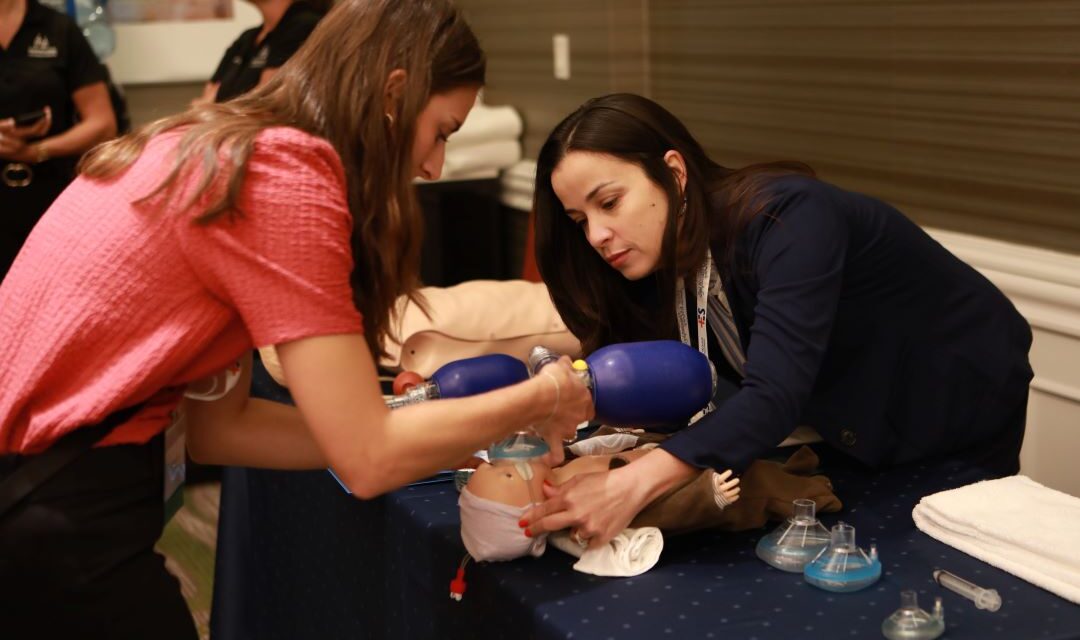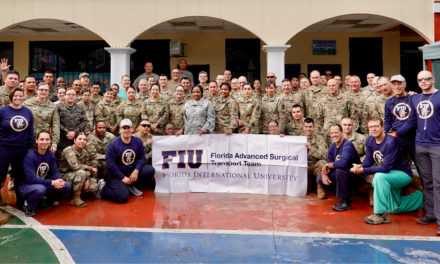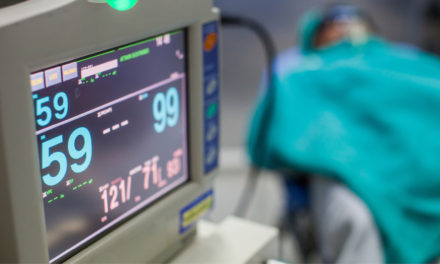Fall 2022: Pediatric Airway Management and Respiratory Emergencies
1) Anatomical and physiological differences
Infants have a prominent occiput, causing flexion of the airway, and the larynx is in a superior position, making visualization challenging. During laryngoscopy, for better visualization, look anteriorly and cephalad. Consider utilizing a straight blade to lift the large epiglottis.
Utilize preoxygenation during rapid sequence intubation. Children have smaller lungs and tidal volumes compared with adults, putting them at higher risk for barotrauma and rapid desaturation. We need to prioritize oxygenation before and during endotracheal intubation since hypoxia potentiates the risk for bradycardia.
2) How to assess the pediatric airway
Work of breathing is a quick observational indicator of the adequacy of oxygenation and ventilation. Assess respiratory rate and quality. Listen for abnormal airway sounds and note any abnormal positioning, retractions, nasal flaring, or head bobbing. These are signs of severe respiratory distress and impending respiratory failure.
Evaluate for the possibility of a difficult airway, determine minimal therapy, and plan for escalation. Identify required personnel and prepare anticipated equipment. There are several clues in the medical history that will help us prepare to manage a child in respiratory distress. The sudden onset of cough in a toddler always raises suspicion for foreign body aspiration. A history of prematurity, previous craniofacial surgery, daily snoring, and obesity may signify a difficult airway. It is reasonable to attempt noninvasive positive pressure ventilation or high-flow nasal cannula in pediatric patients with respiratory distress.
Utilize LEMON method (Look-Evaluate-Mallampati-Obstruction-Neck mobility) to assess and determine a difficult airway. Consider the use of bougie and video laryngoscopy in patients with an anticipated difficult airway. Early recognition of difficult intubation and transition to alternate airway techniques and expert assistance are likely to improve outcomes.
3) There are advantages to using cuffed endotracheal tubes:
- Fit well into elliptical-shaped pediatric airway
- Favored in patients with poor lung compliance or airway obstruction
- May help prevent aspiration
- Reduce the need for tube exchange in critically ill patients
4) Apneic oxygenation
The incidence of desaturation during intubation has been reported to be 15% but can reach 48% in difficult airways. Apneic oxygenation has been shown to prevent and delay desaturation during rapid sequence intubation (RSI) in the pediatric population. By providing continuous high-flow oxygen via a nasal cannula to the patient after the onset of neuromuscular blockade, apneic oxygenation extends the duration of safe apneic time (the time following cessation of breathing until arterial desaturation occurs).
5) Acute upper airway obstruction
The most common causes of acute pediatric upper airway obstruction include croup, retropharyngeal abscess, foreign body aspiration, and anaphylaxis. Stridor is a sign of obstruction at the level of the larynx. In case of acute distress, allow the patient to remain in a position of comfort and seek emergent help from anesthesia and ENT appropriately.
6) Use of intranasal medications in children
Delivering medications to children in emergency settings can be challenging for several reasons: 1) children may have difficulty taking oral medications, and 2) obtaining intravenous access can be difficult. The intranasal route (quick and painless) is an excellent option in critical situations where emergent medications are needed. We can use it for anxiolysis, analgesia, seizures, and sedation. Learn the strengths and limits of intranasal fentanyl, midazolam, ketamine, and dexmedetomidine. Utilize a mucosal atomizer for intranasal administration.
The pediatric airway can undoubtedly present its challenges. But with proper education, preparation and teamwork, we can set ourselves up for success. ■
References
- Miller KA, Nagler J. Advances in Emergent Airway Management in Pediatrics. Emerg Med Clin North Am. 2019 Aug;37(3):473-491. doi: 10.1016/j.emc.2019.03.006. Epub 2019 May 10. PMID: 31262416.
- Cobb MJ. Just Breathe: Tips and Highlights for Managing Pediatric Respiratory Distress and Failure. Emerg Med Clin North Am. 2021 Aug;39(3):493-508. doi: 10.1016/j.emc.2021.04.004. Epub 2021 Jun 10. PMID: 34215399.
- Pek JH, Tan HC, Shen G, Ong YG. Apneic Oxygenation for Emergency Intubations in the Pediatric Emergency Department-A Quality Improvement Initiative. Pediatr Qual Saf. 2020 Feb 13;5(2):e255. doi: 10.1097/pq9.0000000000000255. PMID: 32426623; PMCID: PMC7190240.
This article is part of the following sections:






